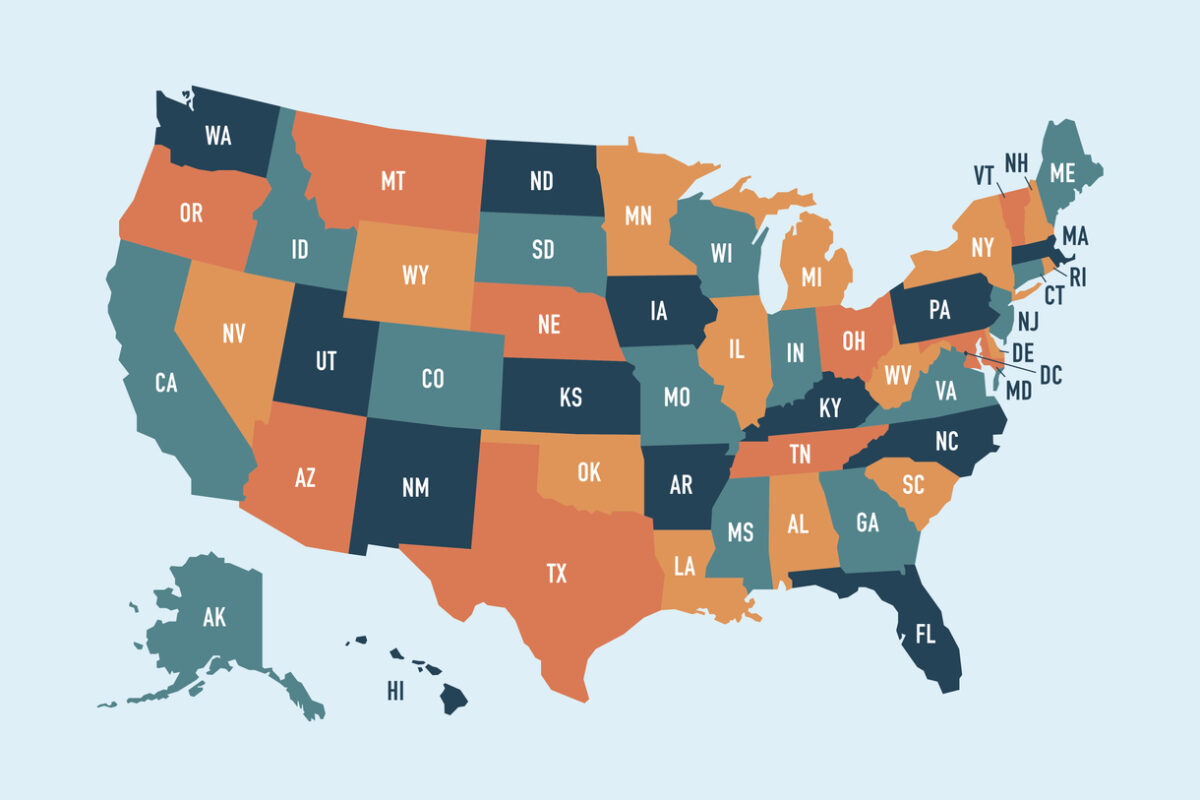How Will Colleges Adapt to New Populations?
Published Jun 23, 2014
American higher education is grappling with issues that will significantly alter its landscape. And some postsecondary leaders, confounded by these changes, have wondered how they should adapt. While the current era of postsecondary education reflects a significant moment in our nation’s history, it is important to remember that this is not the first–not even the second or the third–time that our colleges and universities have had to adapt to new populations. Throughout the 20th century, seminal legislative efforts–GI Bill of 1944, Civil Rights Act of 1965, and Higher Education Act of 1965–helped to make higher education accessible and affordable for millions more Americans, and in turn, changed the face of the nation’s college campuses.
While it is true that projected population declines will decrease the number of high school students in the college pipeline, we must acknowledge that our current system operates inefficiently now. As it stands, less than two-thirds of high school graduates go directly to college, thereby leaving behind a
sizeable pool of students from disadvantaged backgrounds who could benefit from some form of postsecondary education. In 2010, just over half (52 percent) of low-income high school graduates enrolled in college the following fall, compared to four-in-five (82 percent) high-income graduates. If these trends persist, opportunity gaps will continue to grow even absent a shift in student demographics.
Other inadequacies within our system that seek to limit opportunity for students from disadvantaged backgrounds involve issues of affordability and quality. College financing and financial aid policies across all levels–federal government, states, and institutions–have placed an “extraordinary financial burden” on low- and middle-income families. Simultaneous to the growing disparity in college costs is the unearthing of one of higher education’s secrets: The realization that degrees and credentials are not created equal. And regrettably, it is often the neediest students who are enrolling in institutions that offer degrees and credentials of dubious quality in an increasingly competitive labor market.
Educating today’s college students is a national imperative, as education is one of our nation’s primary economic drivers and great predictors of economic mobility. If there is to be any substantive effort to “adapt to new populations,” those of us in the postsecondary community should not ask “guess who’s coming to campus” (which is the theme of the upcoming Education Writers’ Association conference); instead we must first concentrate collectively on graduating the four-in-10 students who are on campus right now that leave without a degree. Secondly, while specific reform strategies—such as the establishment of common metrics and a move to performance-based funding—show some progress, a more coherent and comprehensive reform agenda that centralizes issues of quality, accountability, outcomes, and affordability is needed. Finally, we must fully examine the role of technology in education today. Not just technology for the sake of word-processing or information-gathering. Instead, we should focus on how technology can transform how instructors teach and reach their students. Although technological enhancements potentially allow a postsecondary institution to open its “doors” to more students, these adaptations must include integrative and supportive strategies that are proven to work on “brick-and-mortar” campuses, and be coupled with realistic outcomes for select student populations.
Without a doubt, demographic shifts will force the higher education community to think creatively about how to serve today’s diverse student populations. But the first step in doing so is to both maximize the potential of students who are either already there, and level the playing field for students who currently have little chance to go.


